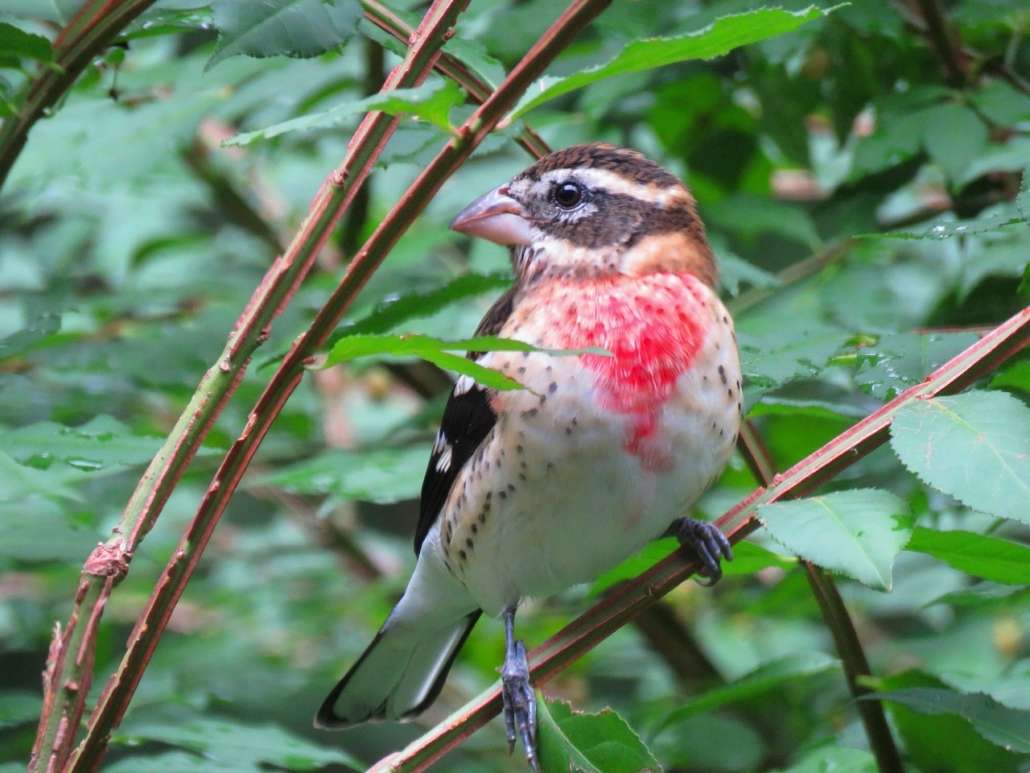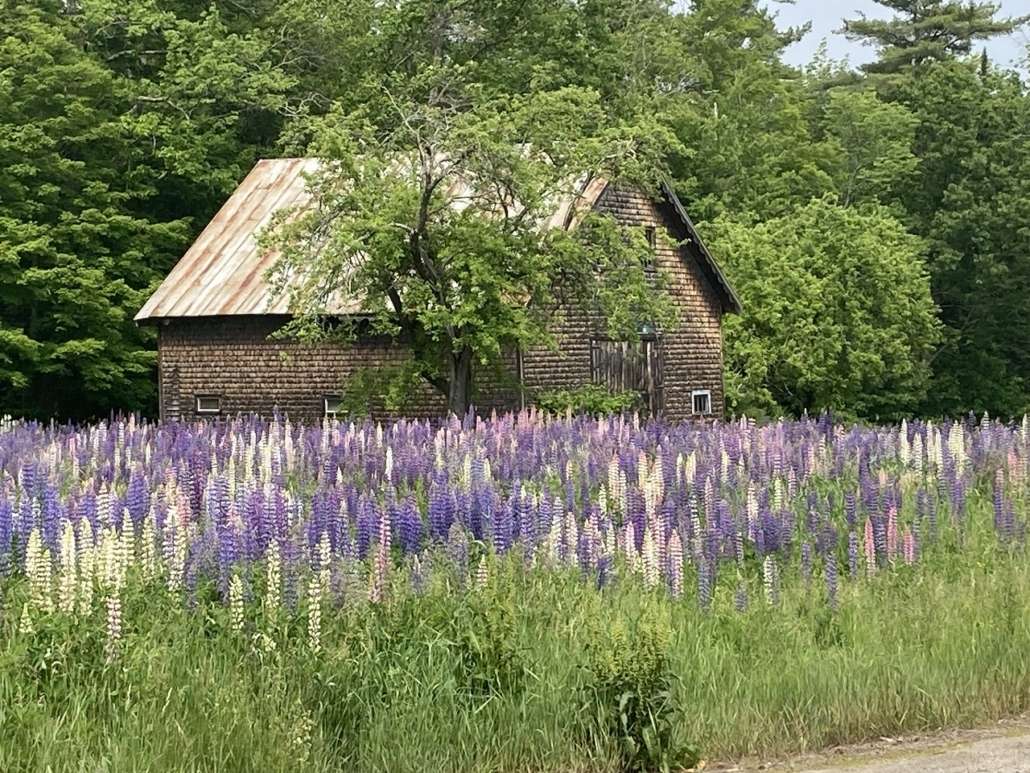SCORES & OUTDOORS: Dragonflies appear by the dozens

 by Roland D. Hallee
by Roland D. Hallee
While driving into work one morning last week, I hit a swarm of dragonflies along the Seaward Mills Road, in Vassalboro. It resembled snow coming at you while driving through a storm. They were coming at me too fast for me to even get an educated guess as to how many there were.
A dragonfly is a flying insect. About 3,000 extant species of dragonflies are known. Most are tropical, with fewer species in temperate regions. Loss of wetland habitat threatens dragonfly populations around the world. Adult dragonflies are characterized by a pair of large, multifaceted, compound eyes, two pairs of strong, transparent wings, sometimes with colored patches, and an elongated body. Many dragonflies have brilliant iridescent or metallic colors produced by structural coloration, making them conspicuous in flight.
Dragonflies can be mistaken for the closely related damselflies, and are similar in body plan, though usually lighter in build; however, the wings of most dragonflies are held flat and away from the body, while damselflies hold their wings folded at rest, along or above the abdomen. Dragonflies are agile fliers, while damselflies have a weaker, fluttery flight. Dragonflies make use of motion camouflage when attacking prey or rivals.
Dragonflies are predatory insects, both in their aquatic nymphal stage and as adults. In some species, the nymphal stage lasts up to five years, and the adult stage may be as long as 10 weeks, but most species have an adult lifespan in the order of five weeks or fewer, and some survive for only a few days.
They are fast, agile fliers capable of highly accurate aerial ambush, sometimes migrating across oceans, and often live near water.
I remember one evening a few yearas ago when my wife and I went out fishing. It was just before dark, and we were fishing the shoreland for bass. We were being pestered by mosquitoes. Then, out of the blue, came a squadron of dragonflies that started to consume the mosquitoes. For the rest of the time we were on the lake that swarm of dragonflies followed us. We were not bothered by mosquitoes, again.
Dragonflies have a uniquely complex mode of reproduction involving indirect insemination, delayed fertilization, and sperm competition. During mating, the male grasps the female at the back of the head, and the female curls her abdomen under her body to pick up sperm from the male’s secondary genitalia at the front of his abdomen, forming the “heart” or “wheel” posture.
Fossils of very large dragonfly-like insects, sometimes called griffinflies, are found from 325 million years ago. They were only distant relatives, not true dragonflies which first appeared during the Early Jurassic.
Dragonflies are represented in human culture on artifacts such as pottery, rock paintings, statues, and Art Nouveau jewelry. They are used in traditional medicine in Japan and China, and caught for food in Indonesia. They are symbols of courage, strength, and happiness in Japan, but seen as sinister in European folklore. Their bright colors and agile flight are admired in the poetry of Lord Tennyson and the prose of H. E. Bates.
Roland’s trivia question of the week:
Name the small town in Indiana where Boston Celtics Hall of Famer Larry Bird was born.






 While the Healthy Eating Pyramid is a good indicator of the types (and quantities) of foods we should eat to stay healthy, there are certain foods that are healthier than others when it comes to our eyes.
While the Healthy Eating Pyramid is a good indicator of the types (and quantities) of foods we should eat to stay healthy, there are certain foods that are healthier than others when it comes to our eyes.






 (NAPSI)—Incidents involving dog attacks on Postal Service employees rose to more than 5,800 cases last year—but you can help get those numbers down and keep your own mail delivery up.
(NAPSI)—Incidents involving dog attacks on Postal Service employees rose to more than 5,800 cases last year—but you can help get those numbers down and keep your own mail delivery up.